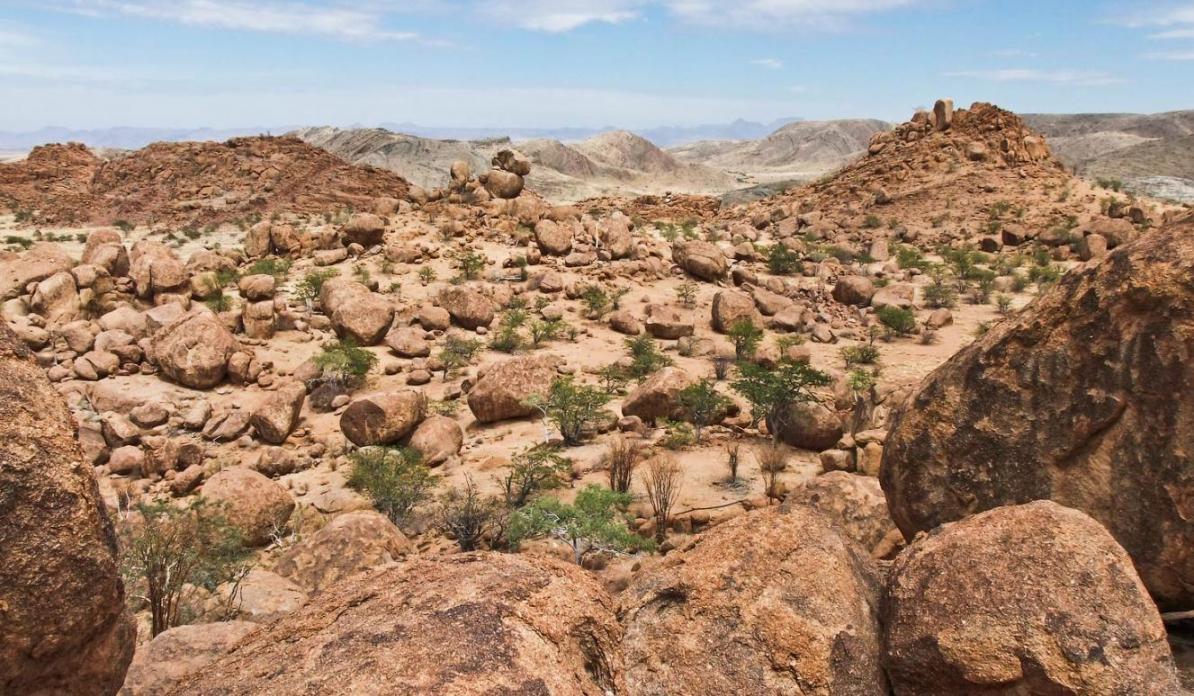Blessed with fertile soil in a region full of sand dunes, Iran is in no position to allow this valuable natural resource to be degraded and destroyed — but that is precisely what’s happening.
According to a senior environmental official, the cost of soil erosion in Iran trumps the country’s oil revenue.
“Between two and four billion tons of soil wears away in Iran every year,” said Yousef Yousefi, director of the provincial office of Forests, Range and Watershed Management Organization in Markazi Province, IRNA reported.
If the numbers are correct, the rate of soil erosion in Iran is 20 times over and above the global average. “With an estimated price of $28 per ton, soil erosion costs Iran between $56 billion and $112 billion.”
Iran earned $53.6 billion in oil exports in 2014.
He pointed to excessive use of groundwater resources as the main cause of the unending water predicament and said a stringent ban on groundwater withdrawal in a number of plains in central Iran has been imposed due to worsening damage to the soil.
Forests make up less than 10% of Iran’s land area, which is relatively small compared to the global average but nothing short of a blessing given the country’s geography.
“It’s clear that we simply cannot afford to let things go on like this,” Yousefi said.
Some officials, including Mohammad Darvish, deputy for education and public participation at the Department of Environment, believe soil erosion is a far more pressing concern than Iran’s water woes.
“We can address the looming water crisis by rewriting policies and overhauling management,” he said last month, adding that soil degradation will have a more dire impact on the country if not addressed immediately.
Exacerbated by Human Activity
Soil erosion is a natural process but becomes problematic when human activity causes it to occur much faster than under natural conditions.
Half of the topsoil on the planet has been lost in the last 150 years. In addition to erosion, soil quality is affected by other aspects of agriculture. These impacts include compaction, loss of soil structure, nutrient degradation, and soil salinity. These are very real and at times severe issues.
The effects of soil erosion go beyond the loss of fertile land. It has led to increased pollution and sedimentation in streams and rivers, clogging the waterways and causing declines in fish and other species.
According to a 2012 report by the Ministry of Agriculture, Iran’s soil is affected by anthropogenic actions more than any other natural factor.
Degraded lands are also often less able to hold onto water that can worsen flooding, whose full impact was felt in western Iran in November when severe flash floods in Ilam and Lorestan devastated livelihoods and incurred billions of dollars in damages.
Sustainable land use can help reduce the impact of agriculture and livestock, preventing soil degradation and erosion and the loss of valuable land to desertification.
Linked to Livelihoods
The health of soil is a primary concern to farmers and the global community whose livelihoods depend on well managed agriculture that starts with the dirt beneath the feet. While there are many challenges to maintaining healthy soil, there are also solutions and a dedicated people who work to innovate and maintain the fragile skin from which biodiversity springs.
Natural rates of soil erosion are lower for soil with a good cover of vegetation than for barren land. In fact, any human action that uncovers soil (farming, logging, building, overgrazing, off road vehicles, fires, etc.) adds immensely to soil erosion rates.
Soil erosion in agricultural systems is a very important problem to manage. Soil can be eroded away by wind and water. High winds can blow away loose soils from flat or hilly terrain. Water erosion generally occurs only on slopes, and its severity increases with the severity of the slope.
In Iran’s northern regions, much of the wind erosion occurs in winter when the ground is frozen, but the uppermost soil layer is dry and loose. Water erosion occurs during the spring with the thawing and melting of snow.


